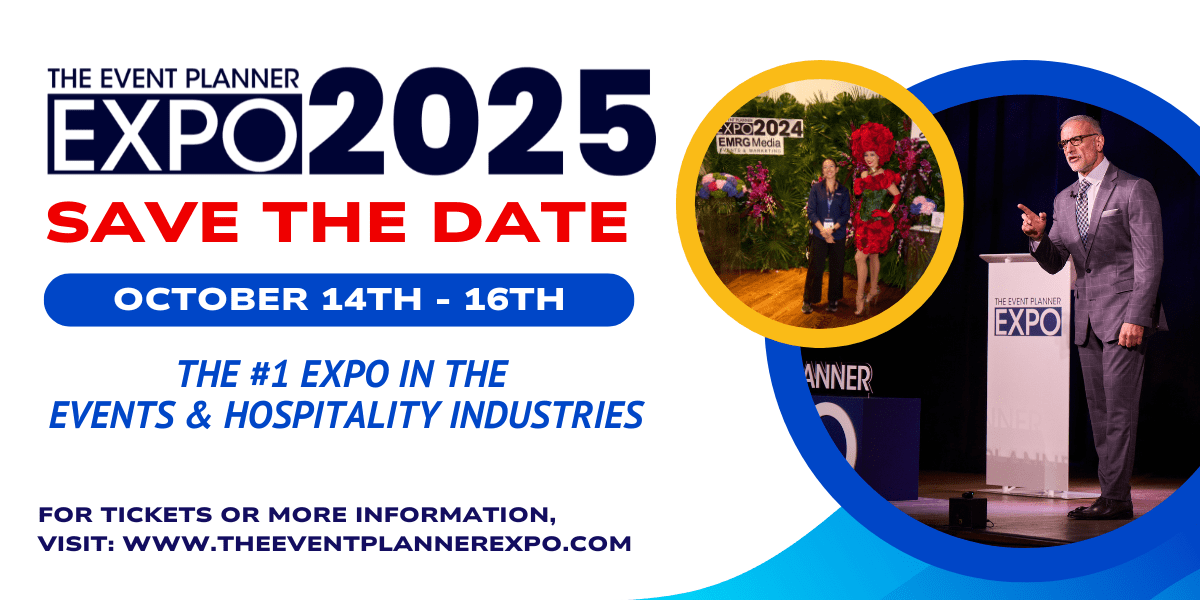Email Isn’t Dead But Your Strategy Might Be: How to Resurrect Event Email Marketing

Your open rates are flat, click-throughs are sad, and conversions barely trickle in. Stop blaming email. Every year, someone claims “email is dead” because they think their dead campaigns are the fault of the platform. This is not correct. The problem isn’t email. It’s your stale strategy. Email is thriving for the event planners who know how to wield this powerful tool.
Why Email Still Works
Let’s start with the basics. Email puts you directly in someone’s personal space. No algorithm decides if they see it. No social platform throttling your reach. You hit “send,” it lands in their inbox. Simple, right?
But here’s the kicker: inboxes are more crowded than ever with the average American having 1,000 unread emails. The average professional gets over 100 emails a day. To stand out, event pros can’t send another generic “Join us!” flyer. That’s white noise. Strategy is what turns email into action.
Common Mistakes That Kill Event Emails
Before looking forward, you need to figure out what you’re doing wrong. Mistakes are sabotaging your efforts. Large walls of text are an immediate turn-off and will cause someone to delete the email without reading anything.
If you have weak subject lines, you have people who would be interested but are never making it to the body of the email. If your subject line gets them to the email body, and the body has the right amount of text, there may be no sense of urgency. Using text like “register now” isn’t enough. People need a reason to click today and buy tickets now.
Finally, if you aren’t speaking directly to your audience, you are losing them. Sending the same copy to everyone attending means you aren’t speaking directly to your target audience. Generic language doesn’t engage or speak to anyone.
All of these mistakes are small, but they can add up to a big problem. Each mistake reduces the number of people who are likely to make it to the final stage of taking your desired action.
Bringing Event Emails Back to Life
So, how do you breathe life into your email strategy? It’s time to go back to basics. Focus on what email does best. They are perfect for creating anticipation and a sense of urgency. They are also flexible, making them perfect for a personalized approach.
1. Subject Lines That Hook
If you don’t have a strong subject line that motivates the recipient to open the email, then nothing else matters. A subject line needs to be intriguing and generate interest. Short, punchy lines with curiosity or clear benefit outperform everything else. Think: “Your all-access pass is waiting,” or “NYC’s biggest event secret just dropped.”
The key to success is to relentlessly test different subject lines. A single word change can directly impact email open rates.
2. Segmentation and Personalization
Personalization is key to increasing open rates, click rates, engagement, and ROI. Not all attendees at a single event are the same. They have a single connection, the event. However, they could have different goals, motivations to attend, and interests. Segment lists and tailor the message. Even basic personalization, such as name, industry, and interest, can lift engagement. The message should feel like it was written for them, not for the masses.
3. Countdown Campaigns
Urgency drives clicks. A well-timed countdown, 30 days out, 7 days out, 24 hours out, keeps your event top of mind. Bonus points for tiered pricing emails: “Early bird ends tonight.” That fear of missing out isn’t just marketing fluff; it works.
4. Showcase the Value
Too many emails sell the event without explaining why it matters. What’s in it for the reader? Networking with 3,000 pros? Exclusive insights from industry leaders? A once-a-year chance to connect with Fortune 500 decision-makers? Spell it out.
Every email should answer the silent question in the reader’s head: “Why should I care?”
5. Mix Formats and Voices
Remember how crowded the event space is in NYC? Well, the same goes for emails promoting events. There are a ton of colorful HTML designs produced by graphic designers. To break through the noise, sometimes a plain-text “from the CEO” email is just what is needed. Other times, a simple yet bold design is what grabs attention. The trick is to know when to use each design and embrace variety. Keep your usage unpredictable so people don’t become numb to your efforts.
6. Strong CTAs (Plural)
Don’t bury the CTA at the bottom. Place it up top, in the middle, and at the end. Clear, action-driven, impossible to miss. “Grab your ticket,” “Secure your All Access pass,” “Get in the room this October.”
And make sure the landing page matches the promise. Nothing kills momentum like a jarring redirect.
The Bigger Picture
A successful email campaign isn’t about getting more registrations. It’s about engaging the target audience for the entire event lifecycle. Start with the pre-event hype. These emails include teasers, reveals, and announcements. There are emails during the event. These include real-time updates, last-minute information, and event highlights. After the event, email maintains momentum. These emails include thank-yous, recaps, and pushes to book the next event attendance.
A strong email strategy extends the value of your event long after the lights go down. It transforms a one-off interaction into a year-round relationship.
Learn More About Email Strategy
Let’s stop asking whether or not email is dead. That isn’t the right question to ask. Instead, ask yourself how you’ll adapt email to stand out. Event planning in NYC is a crowded industry, and email inboxes are even more crowded.
This October, the brightest minds in events and hospitality are gathering in New York City at The Event Planner Expo to share not only success stories but the playbooks behind them, including email strategies that move thousands of tickets.
Be in New York this October. Be in the conversation. Be in the Expo. Buy your tickets today.
